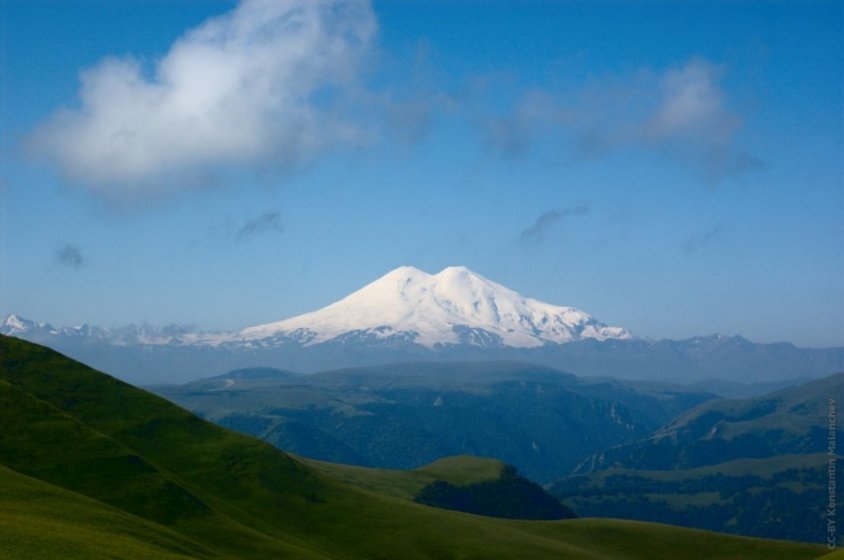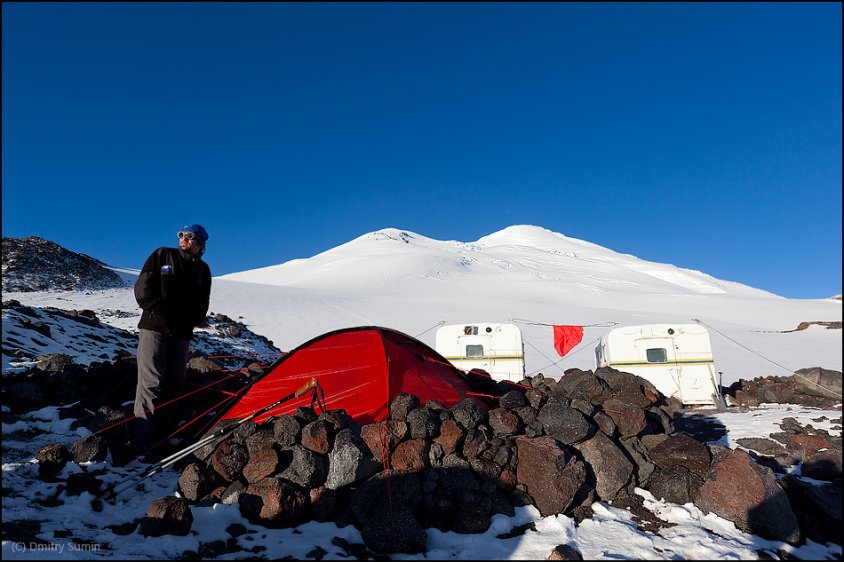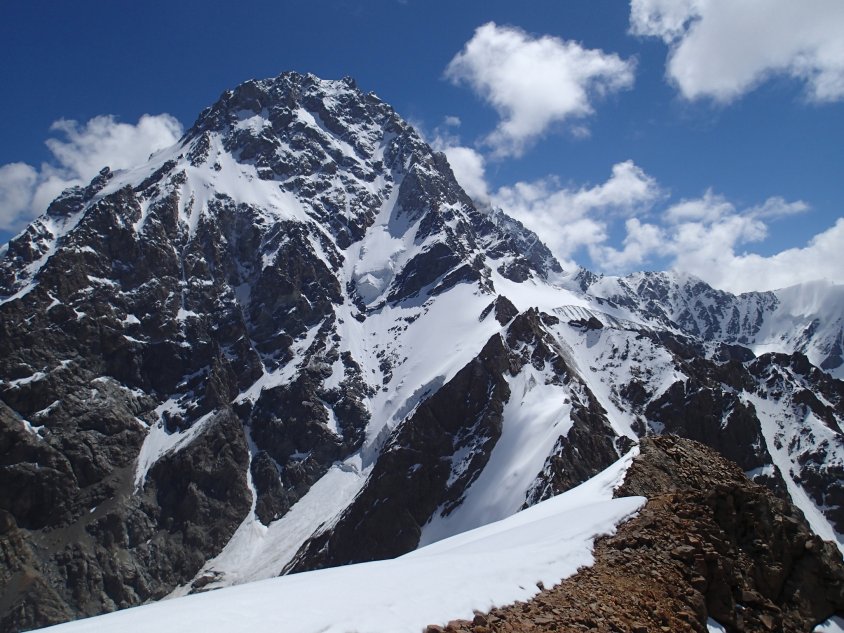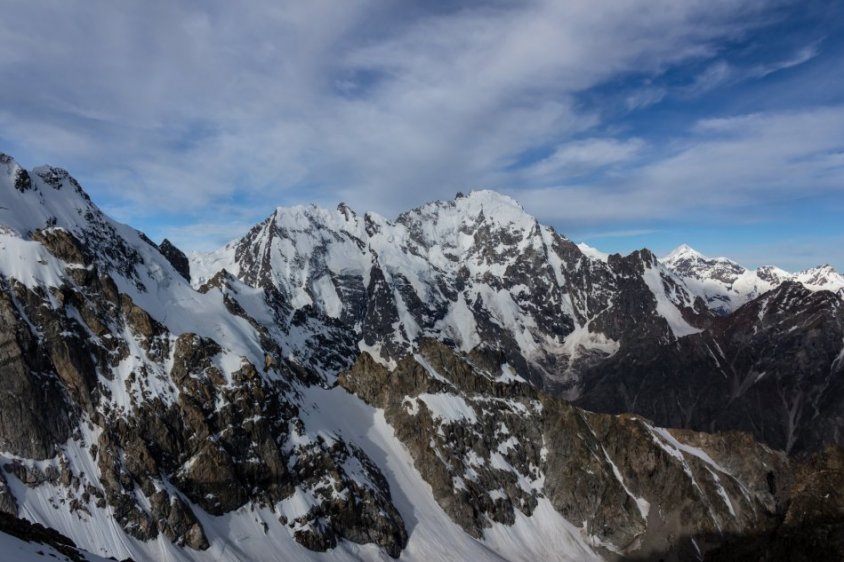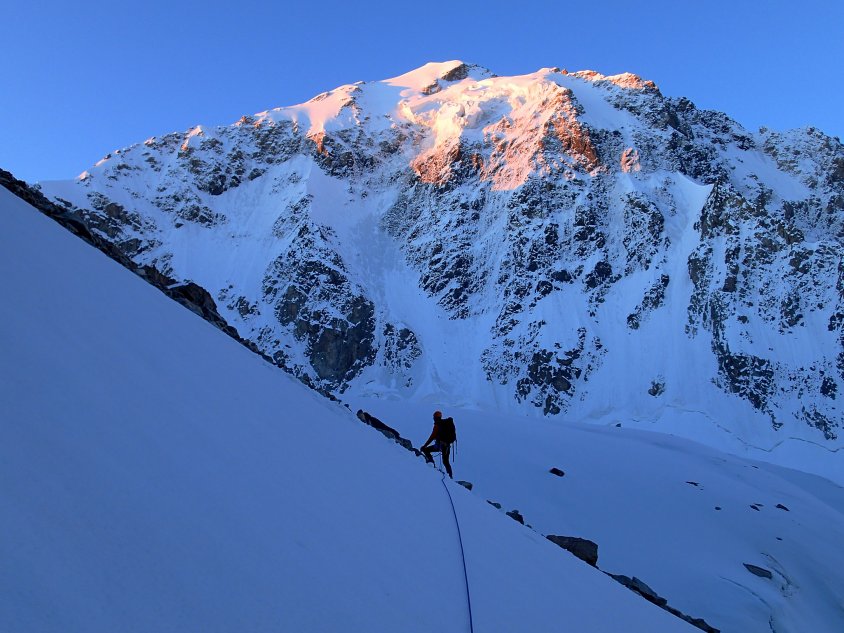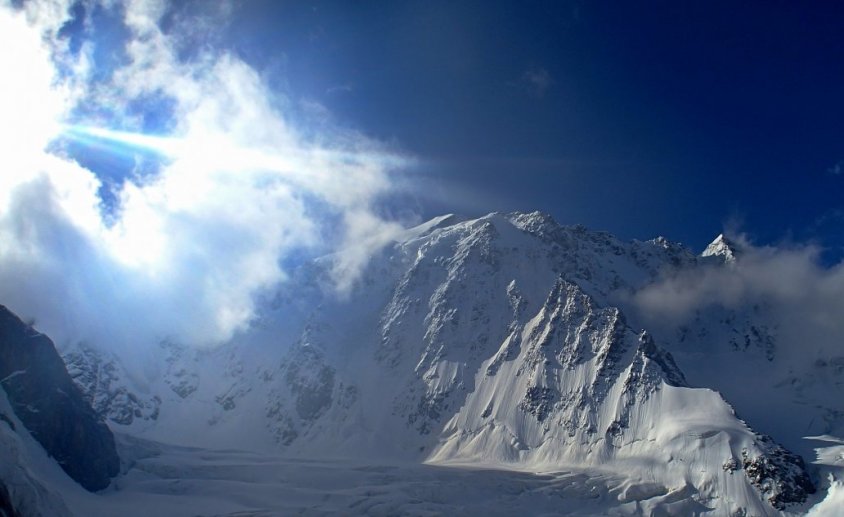The Most Dangerous Russian Mountains
The Russia’s nature is amazing and various. There are great and silent deserts, beautiful forests, wide grasslands, freezing polar areas, rapid or quiet rivers and monumental mountains in the country. Brave travelers have set a lot of expeditions to conquer uninhabited Russian lands. Despite the extreme danger people have always been willing to see rare lands and startling landscapes.
Mountains are very attractive for climbers, who want to reach the top of ridges. They pursue different goals. Some of them want to enjoy stunning views; others want to test their strength. But rocks are disobedient dangerous, and sometimes they kill those who want to bridal them.
The highest Russian mountains, located in the south, took many lives of experienced and amateur climbers. These tragedies are usually caused by bad weather, health troubles, related to conditions high in the mountains, rock falls, exposures, etc. Nevertheless alpinists from all over the world are conquering those beautiful and attractive mountains again and again.
1. Elbrus - a dormant volcano of the western Caucasus, is the highest mountain both in Russia and Europe. It is 18,510 feet (5,642 meters) high.
2. It has a shape of a saddle. Every year Elbrus takes lives of 15-20 climbers.
3. Experienced alpinists believe that the reason for such a big fatalities rate is light-mindless of some climbers. Sometimes people do not take mountains serious and pay for this with their lives.
4. The 2nd highest mountain in Russia and Europe is Dykh-Tau Mountain. It is 17077 ft. (5205 meters) high. It is located in Kabardino-Balkaria (south of Russia). Just one glance at the north cliff of the mountain makes you to understand that it is technically challenging.
5. This mountain is not for dilettantes, it is for the experienced climbers. Most fatalities at this steep mountain happen due to a human-factor.
6. The 3rd highest peak of Russia and the 4th of Europe is Koshtan-Tau Mountain. It is 16,877 ft. (5,144 meter) high.
7. This mountain is also in the Kabardino-Balkaria Republic. Its routes are extremely difficult, dangerous and tricky even for experienced climbers. Despite the fact that many alpinists died at this mountain, people are still interested in Kosttan-Tau's ice routs, rock routes and traverses.

